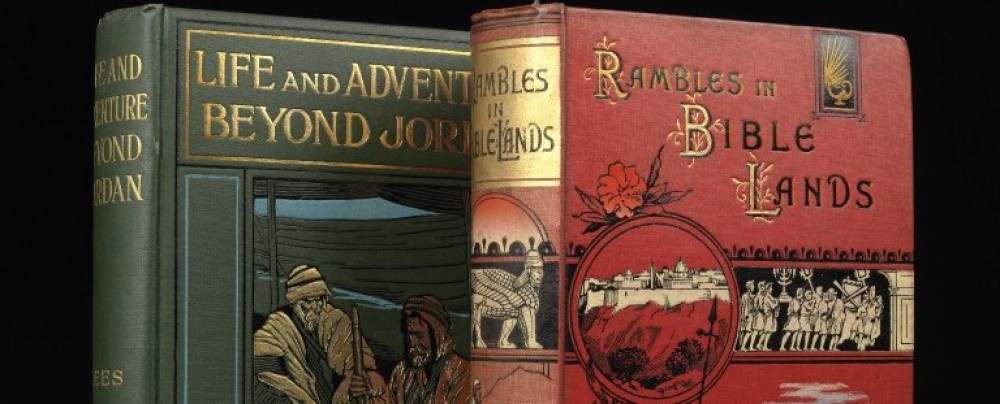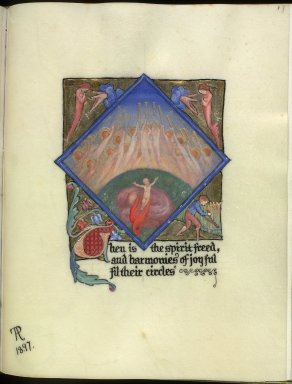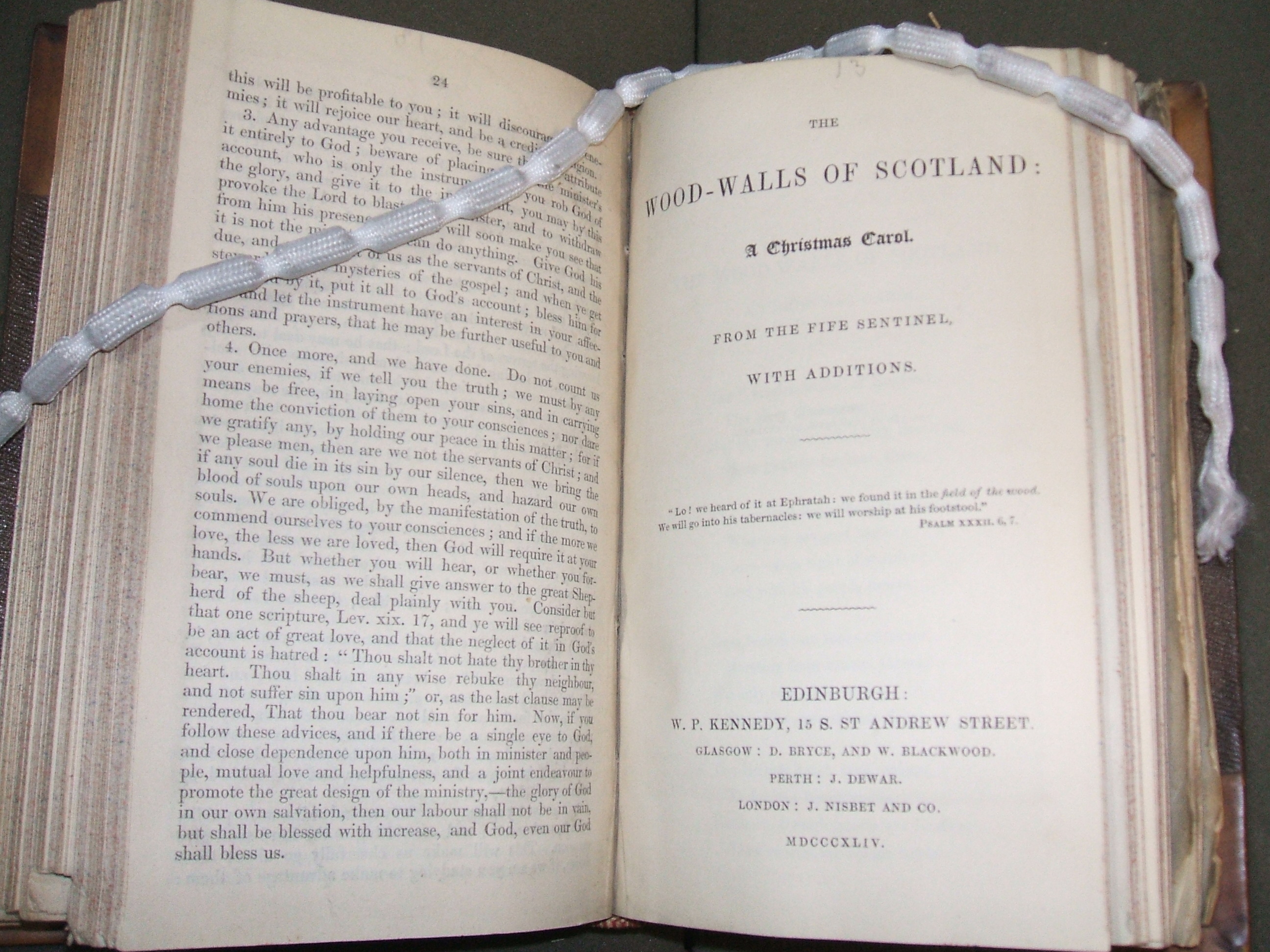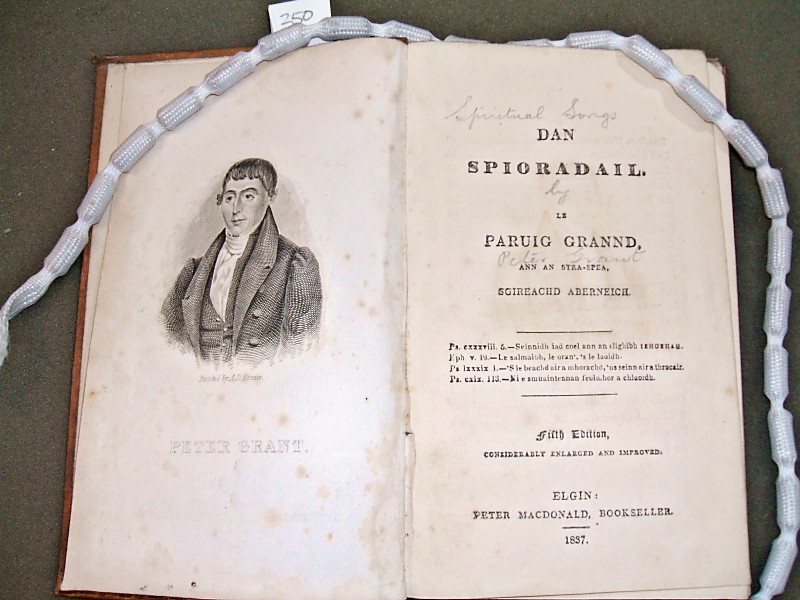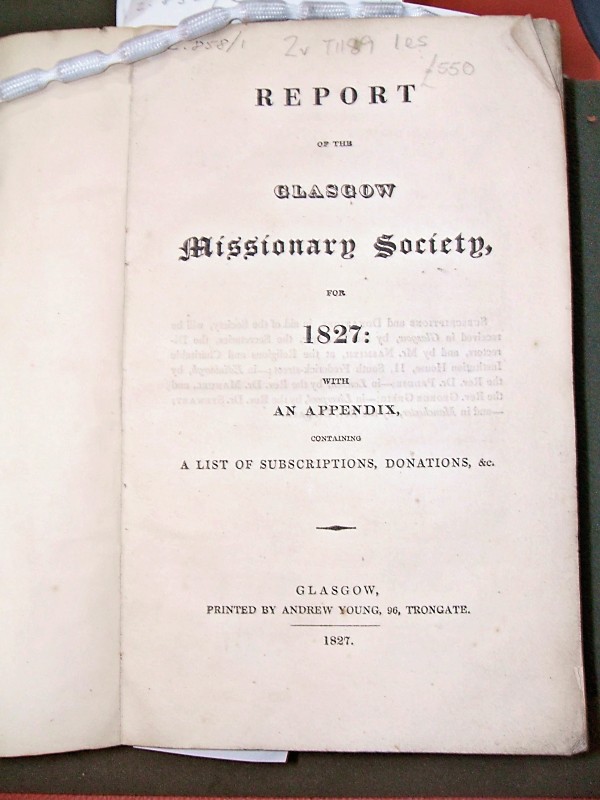![[Newton, John] / An authentic narrative of some remarkable and interesting particularas in the life of ********* ... London, 1786.](http://libraryblogs.is.ed.ac.uk/newcollegelibrarian/files/2013/07/z-1188.jpg?w=300)
[Newton, John] / An authentic narrative of some remarkable and interesting particularas in the life of ********* … London, 1786. New College Library Z.1188
In 1764, the year he was ordained as an Anglican priest, his Authentic Narrative appeared and quickly became a bestseller. Newton’s early life as a seaman slave trader coloured his experiences in later life, when he wrote and campaigned against slavery and is known to have met and advised William Wilberforce. He was a prominent hymn writer, and his legacy lives on today in the well known hymn ‘Amazing Grace’ .
New College Library has this sixth edition, at Z.1188, published in 1786, but it went through ten British and eight American editions before the end of the century. It was quickly translated into several other languages – New College Library also holds a Gaelic edition at Gaelic Coll. 137.
Sources
D. Bruce Hindmarsh, ‘Newton, John (1725–1807)’, Oxford Dictionary of National Biography, Oxford University Press, 2004; online edn, May 2010 [http://www.oxforddnb.com/view/article/20062, accessed 18 July 2013]
